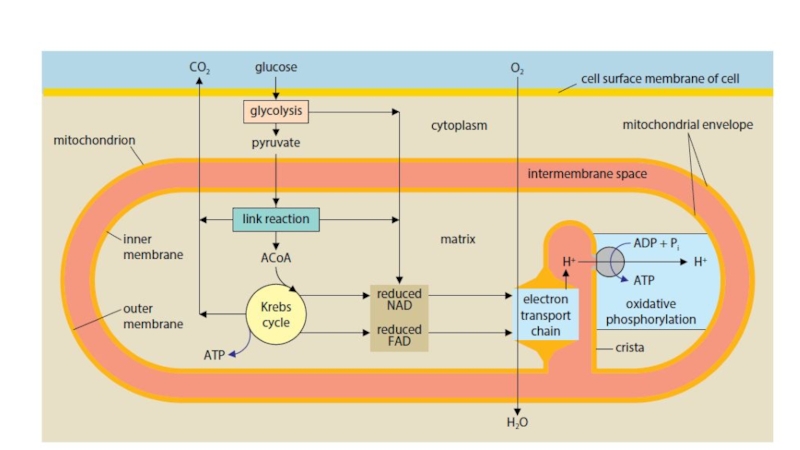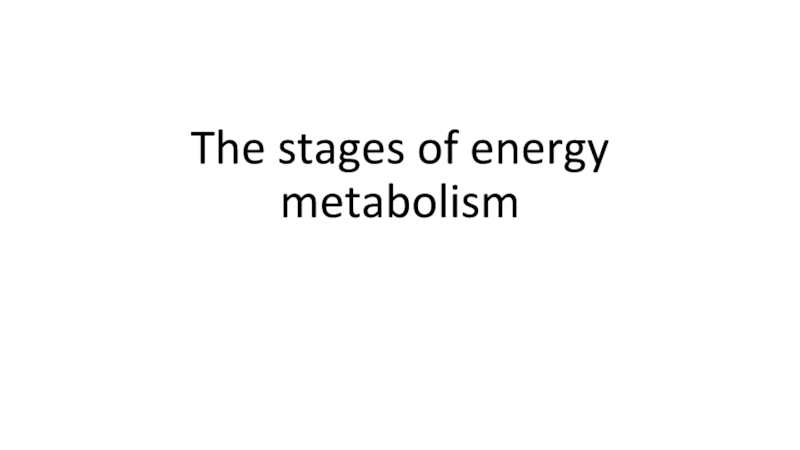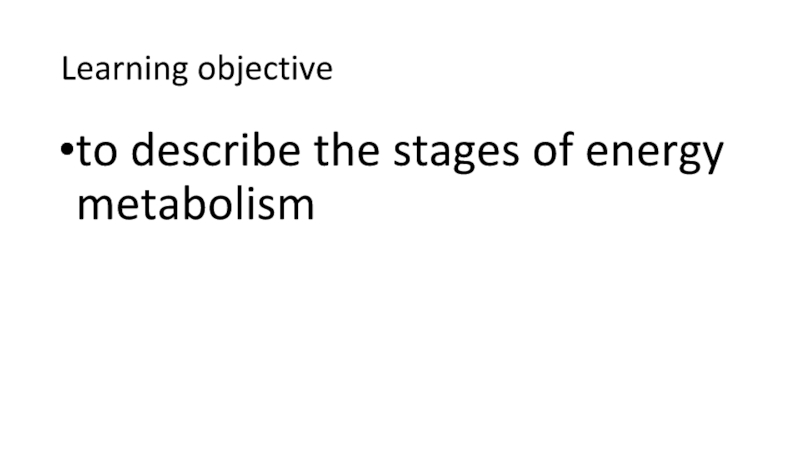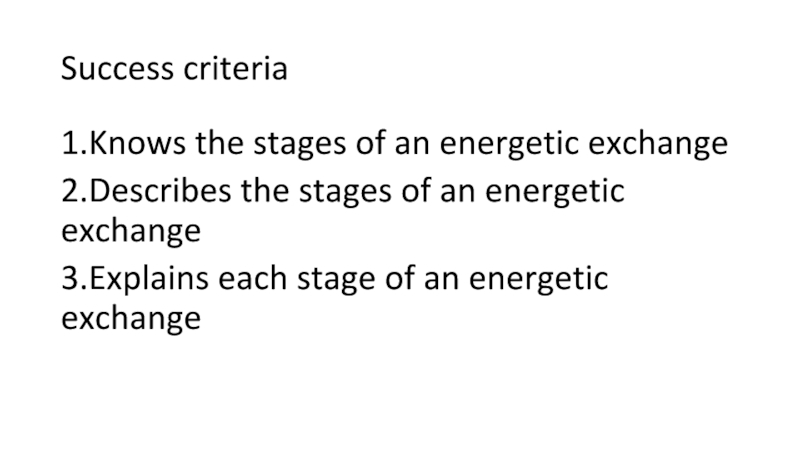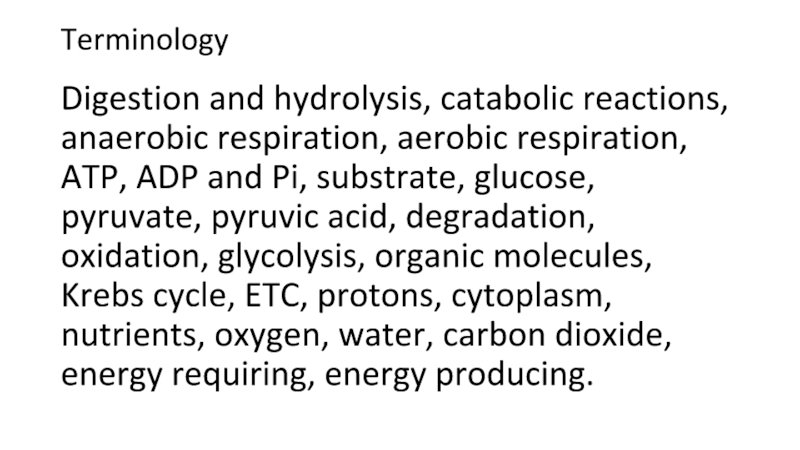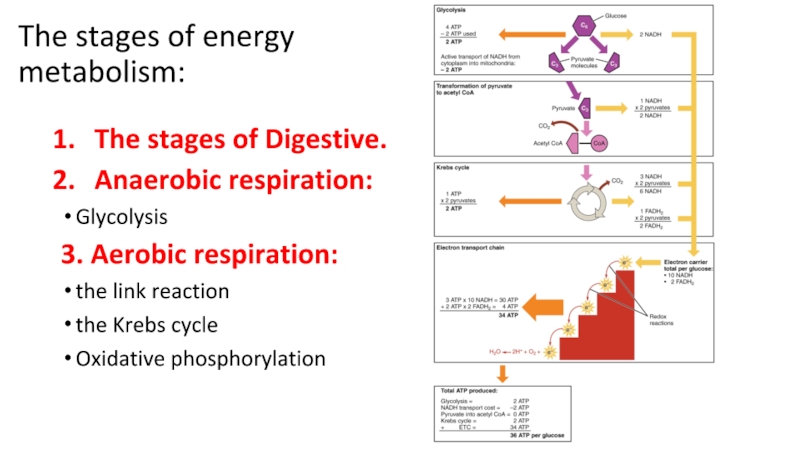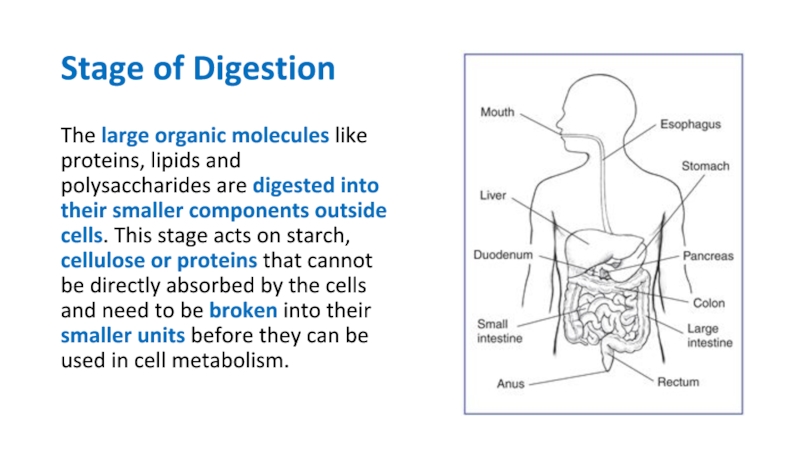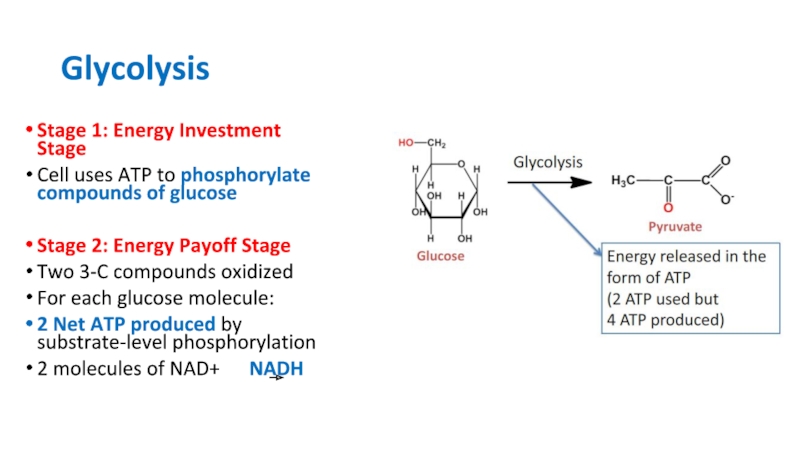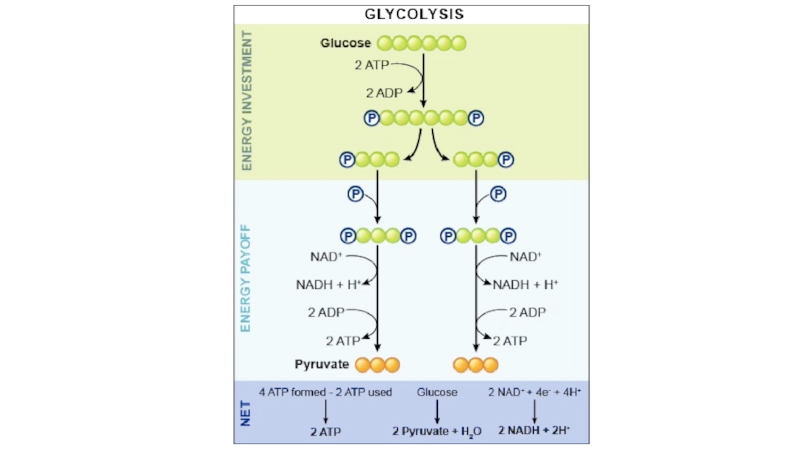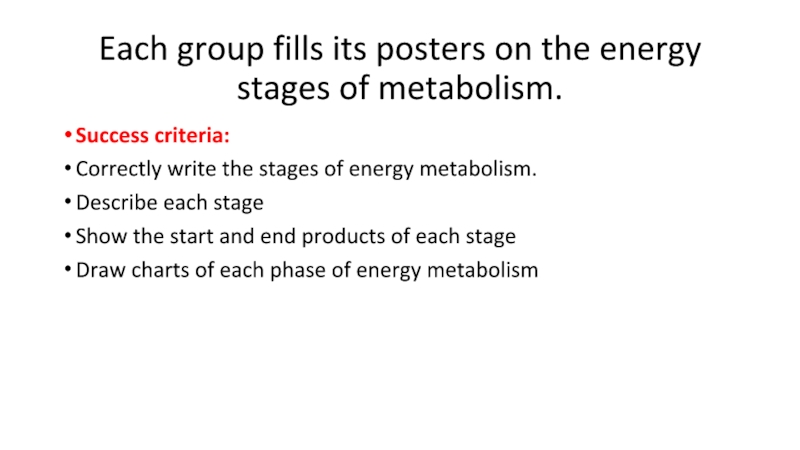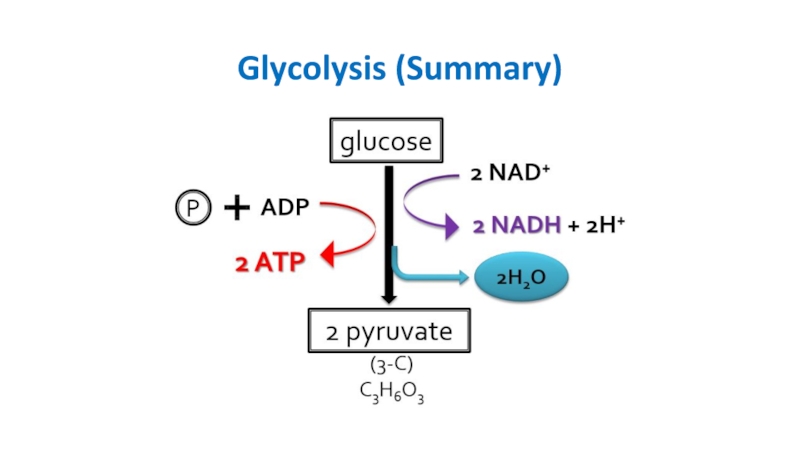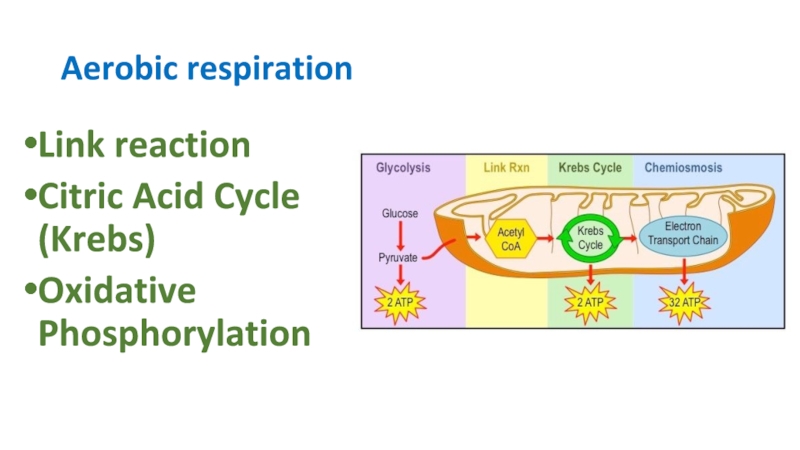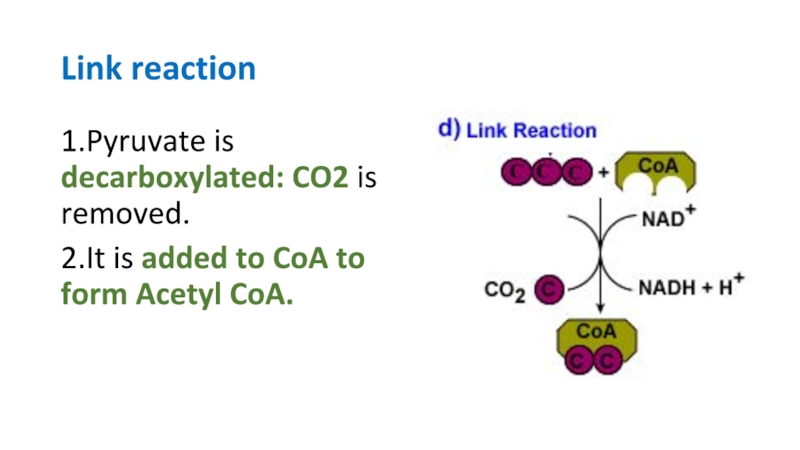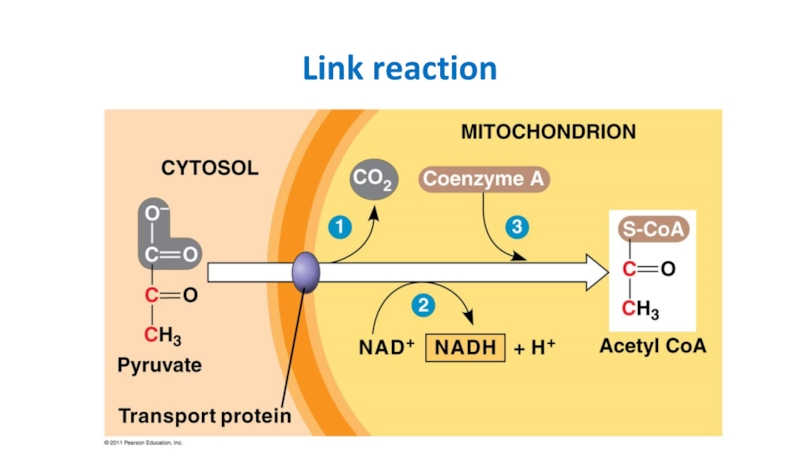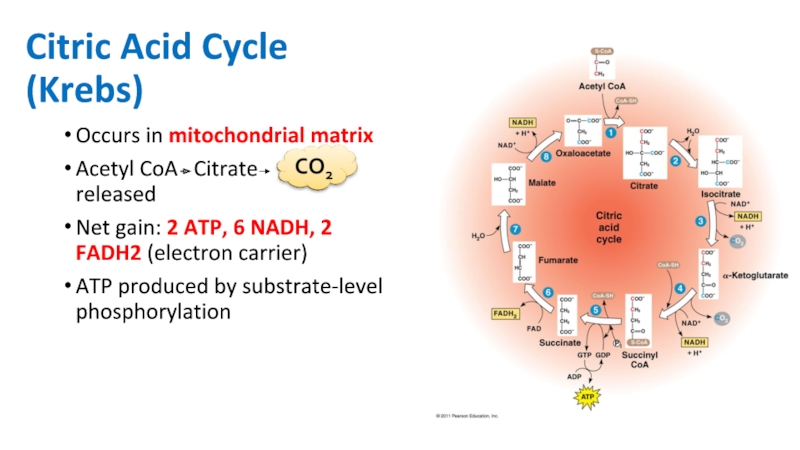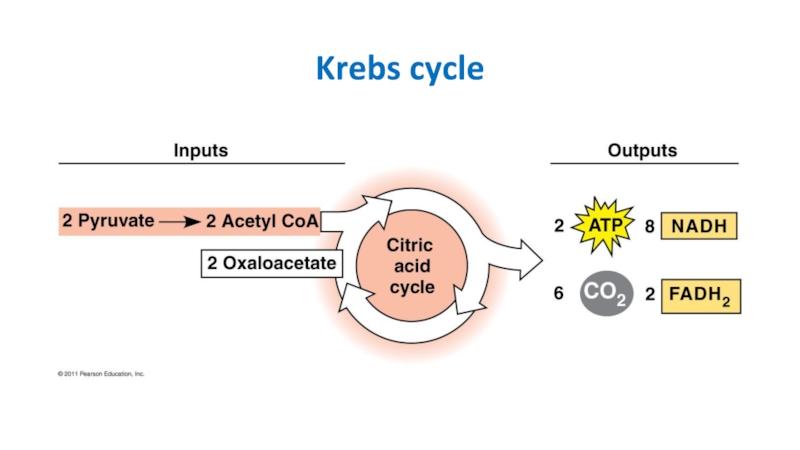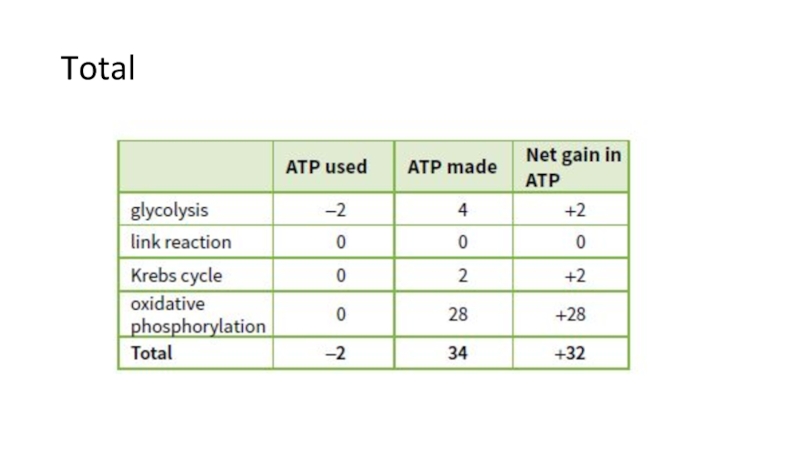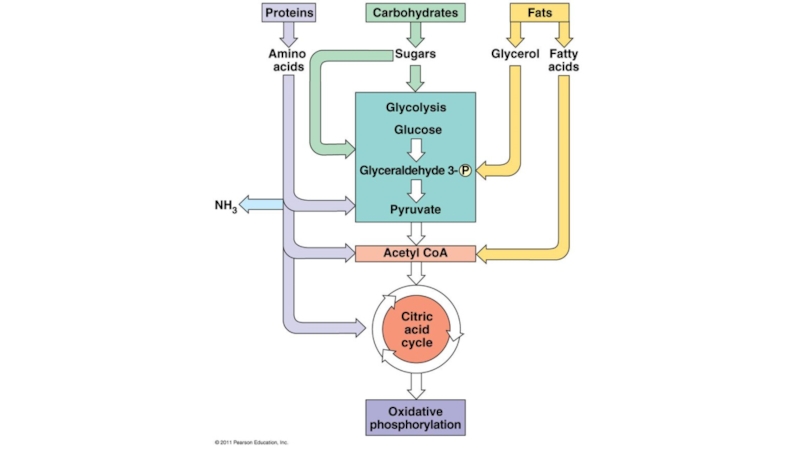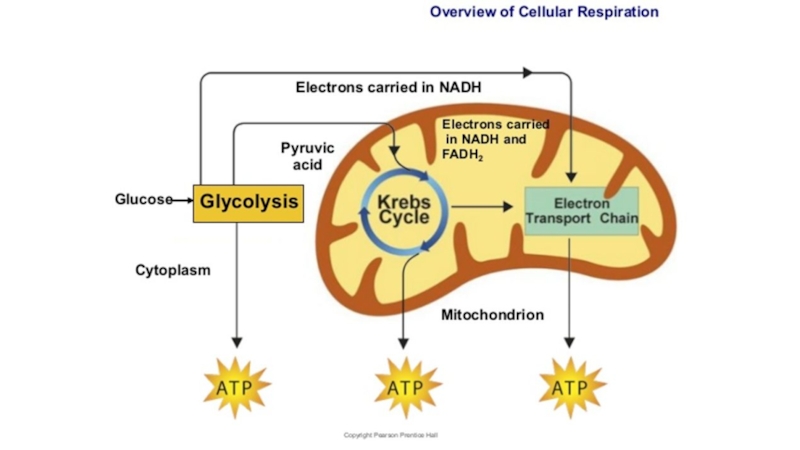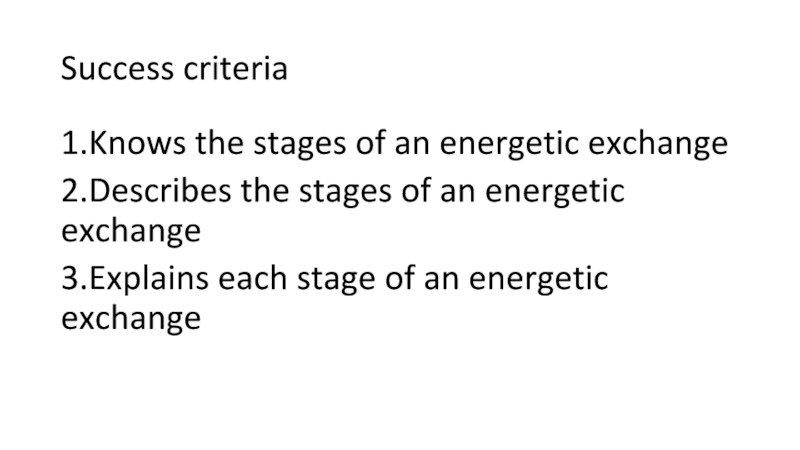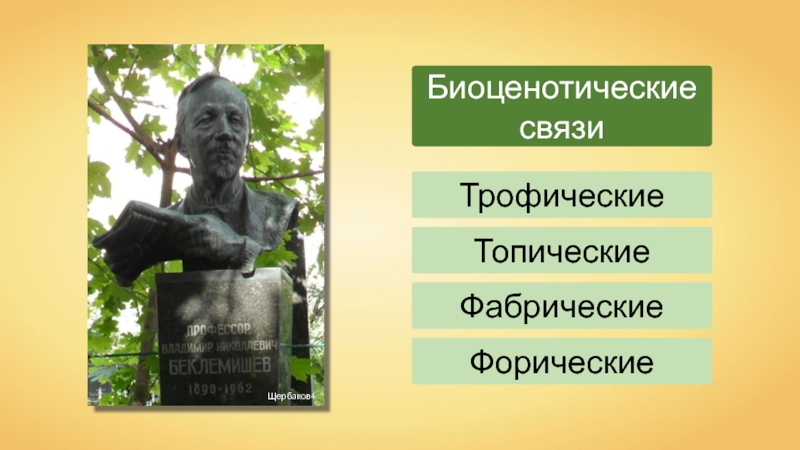- Главная
- Разное
- Дизайн
- Бизнес и предпринимательство
- Аналитика
- Образование
- Развлечения
- Красота и здоровье
- Финансы
- Государство
- Путешествия
- Спорт
- Недвижимость
- Армия
- Графика
- Культурология
- Еда и кулинария
- Лингвистика
- Английский язык
- Астрономия
- Алгебра
- Биология
- География
- Детские презентации
- Информатика
- История
- Литература
- Маркетинг
- Математика
- Медицина
- Менеджмент
- Музыка
- МХК
- Немецкий язык
- ОБЖ
- Обществознание
- Окружающий мир
- Педагогика
- Русский язык
- Технология
- Физика
- Философия
- Химия
- Шаблоны, картинки для презентаций
- Экология
- Экономика
- Юриспруденция
Stages of the energy metabolism презентация
Содержание
- 1. Stages of the energy metabolism
- 3. The stages of energy metabolism
- 4. Learning objective to describe the stages of energy metabolism
- 5. Success criteria 1.Knows the stages of an
- 6. Terminology Digestion and hydrolysis, catabolic reactions,
- 7. The stages of energy metabolism: The stages
- 8. Stage of Digestion The large organic molecules
- 9. Anaerobic respiration: Glycolysis: “sugar splitting” Believed
- 10. Glycolysis Stage 1: Energy Investment Stage Cell
- 12. Each group fills its posters on the
- 13. Glycolysis (Summary)
- 14. Aerobic respiration Link reaction Citric Acid Cycle (Krebs) Oxidative Phosphorylation
- 15. Link reaction 1.Pyruvate is decarboxylated: CO2
- 16. Link reaction
- 17. Citric Acid Cycle (Krebs) Occurs in mitochondrial
- 18. Krebs cycle
- 19. Oxidative Phosphorylation Occurs in inner membrane of
- 20. Total
- 23. Success criteria 1.Knows the stages of an
- 24. Reflection: I learned, learned it remains unclear above what is necessary to work
Слайд 5Success criteria
1.Knows the stages of an energetic exchange
2.Describes the stages of
an energetic exchange
3.Explains each stage of an energetic exchange
3.Explains each stage of an energetic exchange
Слайд 6Terminology
Digestion and hydrolysis, catabolic reactions, anaerobic respiration, aerobic respiration, ATP,
ADP and Pi, substrate, glucose, pyruvate, pyruvic acid, degradation, oxidation, glycolysis, organic molecules, Krebs cycle, ETC, protons, cytoplasm, nutrients, oxygen, water, carbon dioxide, energy requiring, energy producing.
Слайд 7The stages of energy metabolism:
The stages of Digestive.
Anaerobic respiration:
Glycolysis
3. Aerobic respiration:
the
link reaction
the Krebs cycle
Oxidative phosphorylation
the Krebs cycle
Oxidative phosphorylation
Слайд 8Stage of Digestion
The large organic molecules like proteins, lipids and polysaccharides
are digested into their smaller components outside cells. This stage acts on starch, cellulose or proteins that cannot be directly absorbed by the cells and need to be broken into their smaller units before they can be used in cell metabolism.
Слайд 9Anaerobic respiration:
Glycolysis:
“sugar splitting”
Believed to be ancient (early prokaryotes - no
O2 available)
Occurs in cytosol
Partially oxidizes glucose (6C) to 2 pyruvates (3C)
Net gain: 2 ATP + 2NADH
Also makes 2H2O
No O2 required
Occurs in cytosol
Partially oxidizes glucose (6C) to 2 pyruvates (3C)
Net gain: 2 ATP + 2NADH
Also makes 2H2O
No O2 required
Слайд 10Glycolysis
Stage 1: Energy Investment Stage
Cell uses ATP to phosphorylate compounds of
glucose
Stage 2: Energy Payoff Stage
Two 3-C compounds oxidized
For each glucose molecule:
2 Net ATP produced by substrate-level phosphorylation
2 molecules of NAD+ NADH
Stage 2: Energy Payoff Stage
Two 3-C compounds oxidized
For each glucose molecule:
2 Net ATP produced by substrate-level phosphorylation
2 molecules of NAD+ NADH
Слайд 12Each group fills its posters on the energy stages of metabolism.
Success
criteria:
Correctly write the stages of energy metabolism.
Describe each stage
Show the start and end products of each stage
Draw charts of each phase of energy metabolism
Correctly write the stages of energy metabolism.
Describe each stage
Show the start and end products of each stage
Draw charts of each phase of energy metabolism
Слайд 15Link reaction
1.Pyruvate is decarboxylated: CO2 is removed.
2.It is added to
CoA to form Acetyl CoA.
Слайд 17Citric Acid Cycle (Krebs)
Occurs in mitochondrial matrix
Acetyl CoA Citrate
released
Net gain: 2 ATP, 6 NADH, 2 FADH2 (electron carrier)
ATP produced by substrate-level phosphorylation
Net gain: 2 ATP, 6 NADH, 2 FADH2 (electron carrier)
ATP produced by substrate-level phosphorylation
Слайд 19Oxidative Phosphorylation
Occurs in inner membrane of mitochondria
Produces 26-28 ATP by oxidative
phosphorylation.
Produce water.
Produce water.
Слайд 23Success criteria
1.Knows the stages of an energetic exchange
2.Describes the stages of
an energetic exchange
3.Explains each stage of an energetic exchange
3.Explains each stage of an energetic exchange

